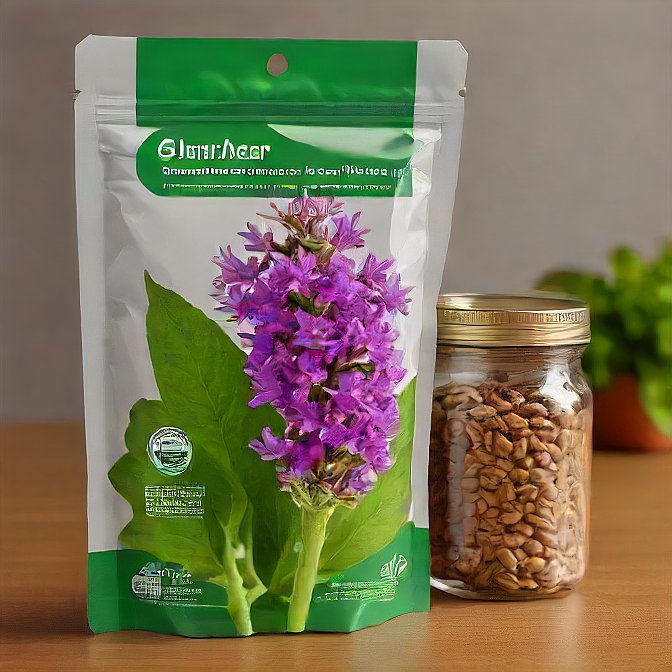Seed packaging plays a critical role in the agriculture industry, influencing seed quality, longevity, and ultimately crop yields. As agricultural practices evolve and the demand for high-quality produce increases, the focus on effective seed packaging becomes paramount. This article will explore the significance of seed packaging, the different types of packaging options available, and recent innovations that are shaping this field.
Importance of Seed Packaging
Protection from Environmental Factors
Seed packaging serves as a protective barrier against a variety of environmental factors that can compromise seed viability. This includes protection from:
- Moisture: Excessive moisture can lead to seed rot and mold.
- Temperature: Extreme temperatures can degrade seed integrity and germination rates.
- UV Light: Prolonged exposure to sunlight can damage seeds by affecting their genetic material.
Proper packaging materials help insulate seeds from these hazards, ensuring that they remain viable for planting.
Enhancing Seed Longevity
The right packaging extends the shelf life of seeds significantly. High-quality packaging materials can effectively preserve the seed’s genetic potential by maintaining optimal conditions. For instance:
- Vacuum-sealed packages can prevent oxidation and moisture absorption.
- Foil-lined bags provide an impermeable barrier against light and air.
Seeds that are packaged with these factors in mind can remain viable for several years, ensuring that farmers and gardeners can access high-quality seeds whenever needed.
Facilitating Distribution and Storage
Seed packaging also plays a fundamental role in logistics. Seeds often travel long distances from manufacturers to consumers. Packaging must therefore be designed for:
- Durability: To withstand the rigors of transport without damaging the seeds.
- Lightweight materials: To reduce shipping costs, making the products more accessible for farmers.
- Easy handling: Innovative designs that allow for easy stacking and storage in warehouses.
Well-designed seed packages can streamline distribution and ensure that seeds arrive at their destination in optimal condition.
Types of Seed Packaging
Seed packaging comes in various forms, each suited for specific types of seeds and storage requirements. Here are some common types:
1. Plastic Bags
Plastic bags are one of the most commonly used forms of seed packaging. They are lightweight, cost-effective, and flexible. However, their effectiveness depends on the thickness and sealing quality.

- Usage: Suitable for small-seed varieties and home gardening.
- Advantages: Cost-effective and generally moisture-resistant.
- Disadvantages: May not provide adequate protection against UV light over time.
2. Foil Pouches
Foil pouches have gained popularity due to their excellent barrier properties against moisture, light, and oxygen. They help maintain seed freshness for longer periods.
- Usage: Ideal for premium seeds and seed blends.
- Advantages: Superior protection extends seed shelf life.
- Disadvantages: Higher production costs compared to plastic bags.
3. Paper Bags
While less common for long-term seed storage, paper bags are environmentally friendly and biodegradable options suitable for certain situations.
- Usage: Often used for bulk seeds or organic farming.
- Advantages: Eco-friendly and allows for better ventilation.
- Disadvantages: Less effective at protecting seeds from moisture.
4. Seed Trays and Bulk Bins
In commercial agricultural settings, seeds are often packaged in trays or bulk bins for easy access and sowing.
- Usage: Used in nurseries or large-scale farming.
- Advantages: Allows for quick planting and easy handling.
- Disadvantages: Not suitable for long-term storage.
5. Biodegradable Packaging
With the rise of sustainable practices, biodegradable seed packaging is becoming increasingly popular. These materials break down naturally, thus reducing environmental impact.
- Usage: Targeted toward eco-conscious consumers and brands.
- Advantages: Environmentally friendly, enhancing brand reputation.
- Disadvantages: Limited shelf life compared to traditional materials.
Innovations in Seed Packaging
As technology advances, so too does the field of seed packaging. Here are some notable innovations:
Smart Packaging Technology
The integration of smart technologies into seed packaging is revolutionizing the industry. Smart packaging solutions can monitor and relay real-time data regarding the seeds’ environment, including:
- Temperature
- Humidity Levels
- Atmospheric Conditions
Such packaging can alert farmers about unsuitable conditions, helping them take prompt action to mitigate potential damage.
Read More: Various Types of Packaging Materials
Nanotechnology
Nanotechnology is gaining traction in enhancing seed packaging materials. Nanomaterials can improve barrier properties and provide antimicrobial protection, thereby ensuring seed integrity.
- Examples: Nanoclay and other nano-coatings that increase gas barrier capabilities.
Use of QR Codes and Blockchain
Incorporating QR codes and blockchain technology can enhance traceability and transparency in seed sourcing and sales. This allows consumers to:
- Access detailed information about the seeds, including origin and handling.
- Ensure that they are purchasing from legitimate sources, minimizing the risk of counterfeit seeds.
Conclusion
The importance of seed packaging cannot be understated; it is fundamental to ensuring seed viability, enhancing storage capabilities, and facilitating effective distribution. As different types of packaging materials each offer unique advantages and disadvantages, selecting the right one is crucial for farmers, suppliers, and consumers alike.
With ongoing innovations in smart packaging, nanotechnology, and sustainable materials, the future of seed packaging holds the promise of increased efficiency and effectiveness. As the global population continues to grow and the demand for food escalates, investing in effective seed packaging solutions will play a vital role in securing food resources for future generations.


